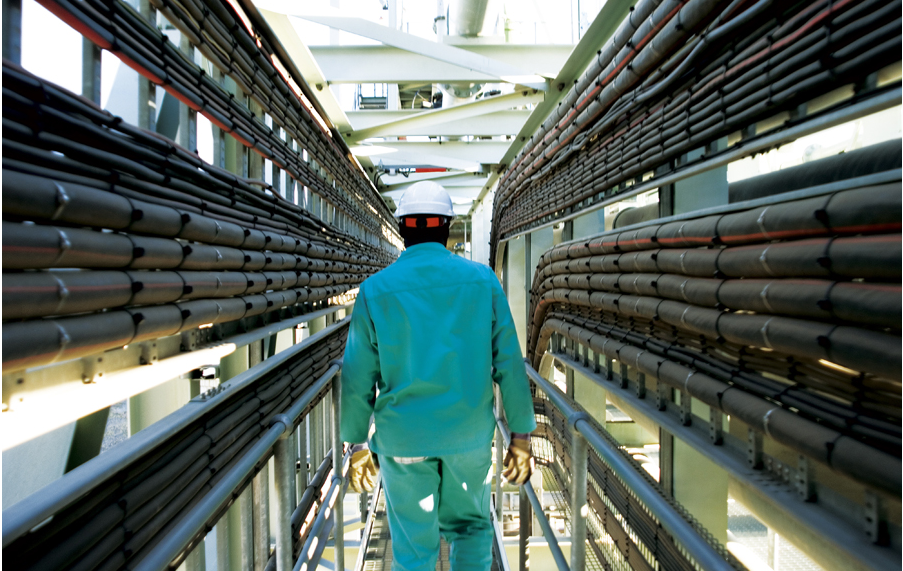
Lonmin Plc will delay or reduce the number of jobs it had planned to cut in South Africa as soaring palladium prices have boosted revenue, its chief executive said, ahead of a takeover by Sibanye-Stillwater .
Higher prices for a basket of Lonmin’s metals and a weaker South African rand helped the London-listed miner to an annual pre-tax profit in 2018, its first since 2013, and an operating profit of $70 million in the first half of its financial year 2018-2019.
Palladium prices, now around $1,325 an ounce, hit record highs above $1,600 an ounce in March as the market fretted about a larger shortfall this year
This may allow Lonmin to deploy capital to develop new shafts where workers from old shafts could be moved, CEO Ben Magara told Reuters in an interview.
Mining shafts slated for closure in a 2017 plan would have meant 12,600 job losses in 2018, 2019 and 2020 but these job cuts could now be scaled back, he added.
“The job losses we anticipated may happen over a longer period – we may lose all of them or we may only lose half,” Magara said.
Magara said Lonmin cut 2,400 jobs in 2018 against a target of 3,700. The target for job cuts this year has been revised down to 4,000 from 5,300.
Lonmin has all its operations in South Africa and employs about 29,000 people. Its takover by South Africa’s Sibanye-Stillwater will create the world’s second largest platinum producer.
Job cuts are difficult in South Africa where unemployment runs around 27%. The Sibanye-Lonmin takeover was touted as the only way to save Lonmin jobs.
South Africa’s Competition Appeals Court will on Friday rule on a union request to block the deal. Shareholders will vote on it on May 28.
“Jobs are to do with market pressures, economics and macro factors which are beyond the control of any one company,” said Magara.
Palladium prices, now around $1,325 an ounce, hit record highs above $1,600 an ounce in March as the market fretted about a larger shortfall this year.
But Lonmin lacks investment to develop new reserves, which means jobs lost to old and depleted shafts cannot be moved to new operations.
Lonmin has restricted and delayed capital expenditure on newer shafts to meet its target of staying cash positive and is spending below what is needed to sustain its production profile.
“Over the next few years we need to double our capital spend to make sure we can bring about the new projects,” Magara said.
Lonmin expects to spend between 1.4-1.5 billion rand this year from about 1 billion rand last year.
Projects such as the K4 shaft and E4 at Lonmin’s Marikana mine are the main ones that have not been developed.
($1 = 14.2153 rand)
(By Zandi Shabalala and Pratima Desai; Editing by Veronica Brown and Emelia Sithole-Matarise)